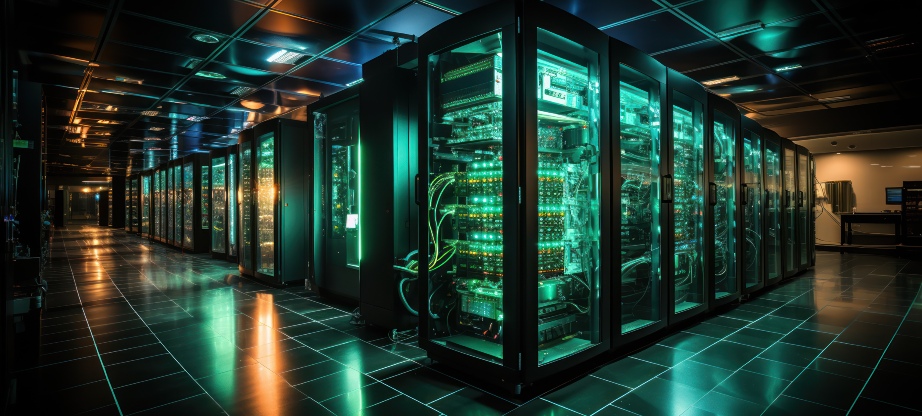Data Center Power Problems: What Happens When the Power Goes Out
Here’s an everyday occurrence you’re probably pretty familiar with: you flip a switch, and the lights come on. Heck, if you’re on a smart system, the lights may be on before you’re fully in the room.
At data centers, the lights are constantly on, even if they’re only flickering lights on monitors and keyboards. So what happens if the unthinkable occurs? An unfortunate statistic is that 60% of failures result in significant losses.
For businesses, recovering from some of these losses may be impossible. So, what commonly causes data center power outages, and can you be prepared to handle this scenario? This article is here to help you with some vital information and guidance.
Common Causes of Power Failures in Data Centers
When the power goes out, your data center grinds to a halt, at least until your backup power source kicks on. Hopefully, you have a robust data resiliency plan in place. Otherwise, you’re probably facing significant losses.
So, what causes data center power failures? There are a few reasons for the lights to go out. Obviously, forgetting to pay a utility bill is one. Sometimes, a natural disaster like a hurricane or tornado can interrupt the power at a data center.
While forgetting to pay a utility bill is a rare occurrence. You also can’t do much about the weather except prepare for a potential data center power failure. Other common causes can include the following ones.
Human Error
This is more than someone accidentally turning off a light switch. This type of human error is easy to correct and there’s rarely any significant damage. You may lose a line or two of data that wasn’t saved. Human error often means someone on the team isn’t following recognized processes and protocols. Human error is typically divided into two categories: active and latent error. Both can have disastrous consequences. An example is if a power protection circuit design isn’t fully tested before integration. If the design is flawed, the power supply isn’t properly protected and this can lead to an outage.
Malfunctioning Cooling System
Cooling systems are often overlooked in data centers, even though they’re essential components. Thanks to technological advancements and businesses implementing more stringent protocols, power failures caused by a malfunctioning cooling system are declining. However, this doesn’t mean it can’t happen. Failing to maintain the cooling system properly is a common reason for a malfunction.
Uninterrupted Power Supply Failure
A common reason for data center power failures is when the uninterrupted power supply (UPS) goes down. Your UPS system keeps your data center up and running when the main power source is down. For example, a hurricane takes out the area’s power grid. Your UPS system is supposed to kick on, limiting downtime. When the UPS system fails, you look at extended downtime and significant losses.
It can seem like your data center is constantly at risk from human error to failures in other systems.
Tips on Preventing Data Center Power Outages
You can’t prevent all types of data center power outages, but you can be prepared for manmade and natural disasters—you can even be ready to handle an equipment failure. To help you keep your data center running at its best, here are some key tips to help guide you:
Preventing Human Error Isn’t Always Possible
Remember the saying, ‘to err is human’, but you can mitigate the extent of the damage. Training staff on approved protocols and practices is a good start. Don’t forget to place your data resiliency and recovery strategy where all employees have access. Don’t limit the training to a one-time occurrence. Make it a regular part of the job.
Keeping Your Cooling System Running
Regular maintenance will help keep your cooling system running smoothly and efficiently. Making sure your cooling system can adequately handle the load is crucial. This may mean expanding the cooling system as your data center grows. Yes, it’s an investment but it also has a higher ROI when your data center doesn’t suffer a significant loss. You may want to consider going with a two-phase liquid cooling system. It’s both effective and efficient.
Maintain Your UPS
You pay close attention to your primary uninterrupted data center power supply system. Chances are, it’s routinely monitored, tested, and updated as necessary. When was the last time you thought about your backup power supply? When the lights go out, it’s absolutely an essential component. Since most backup UPS systems are tucked away in the back or even outside, they’re still getting a lot of wear and tear without being used. Ensuring your backup UPS is always ready to go can ensure a power outage only means a second or two of downtime.
Keeping your data center going during a power outage takes some planning, but it’s more than worth it when you’re not dealing with significant losses.



